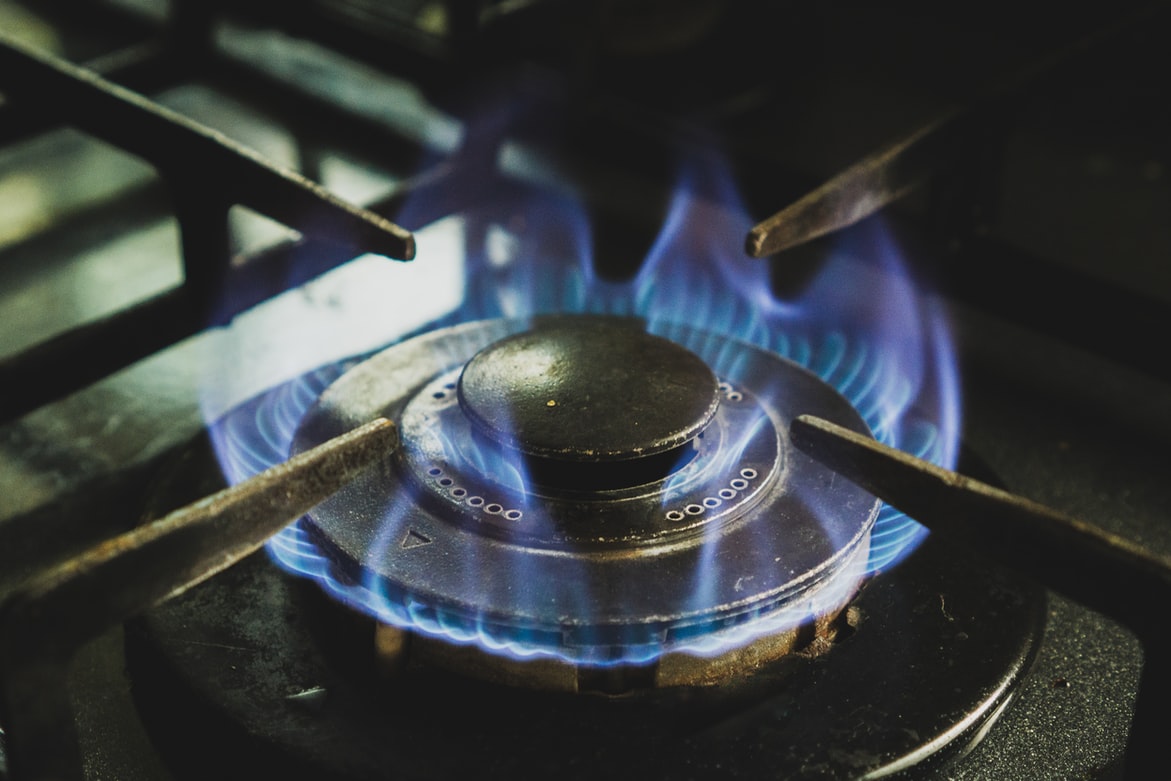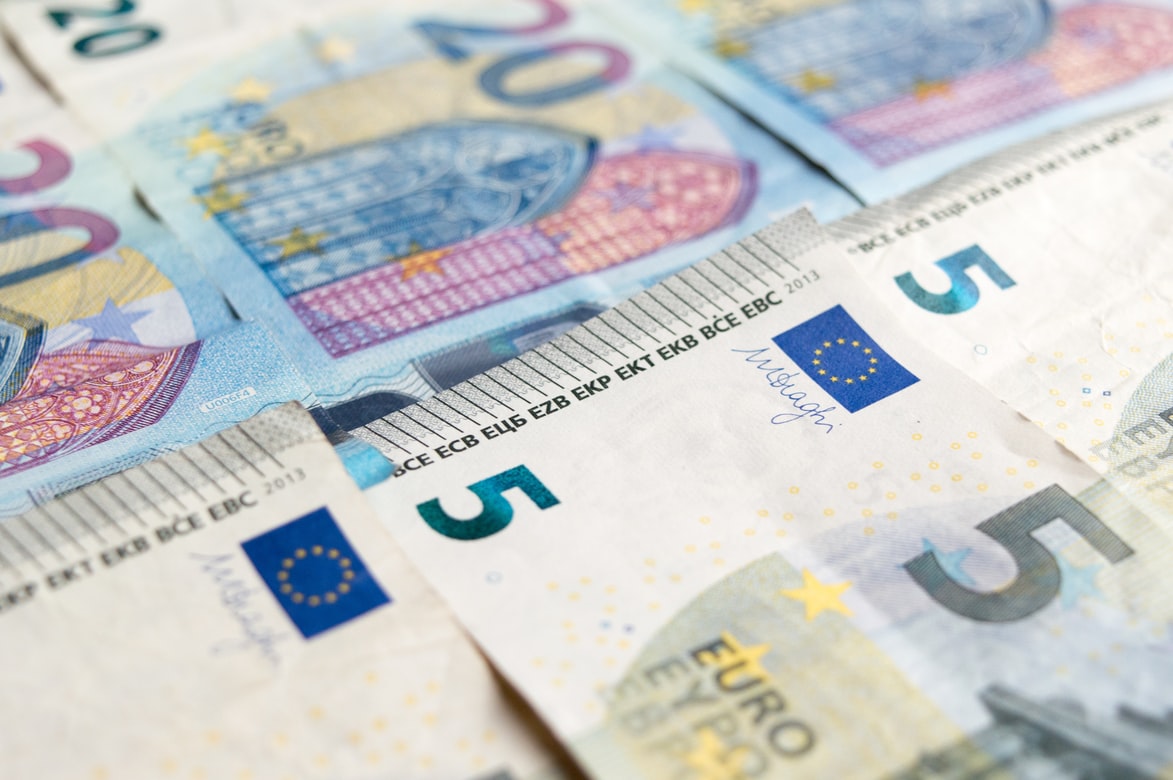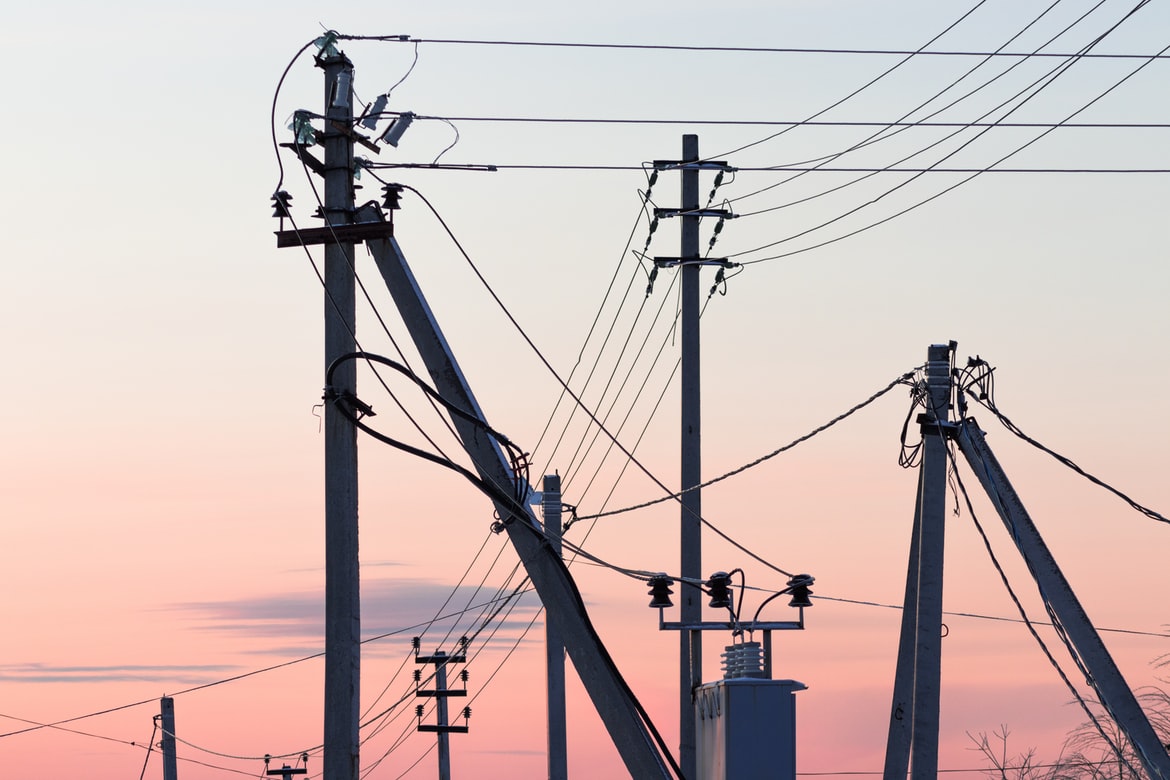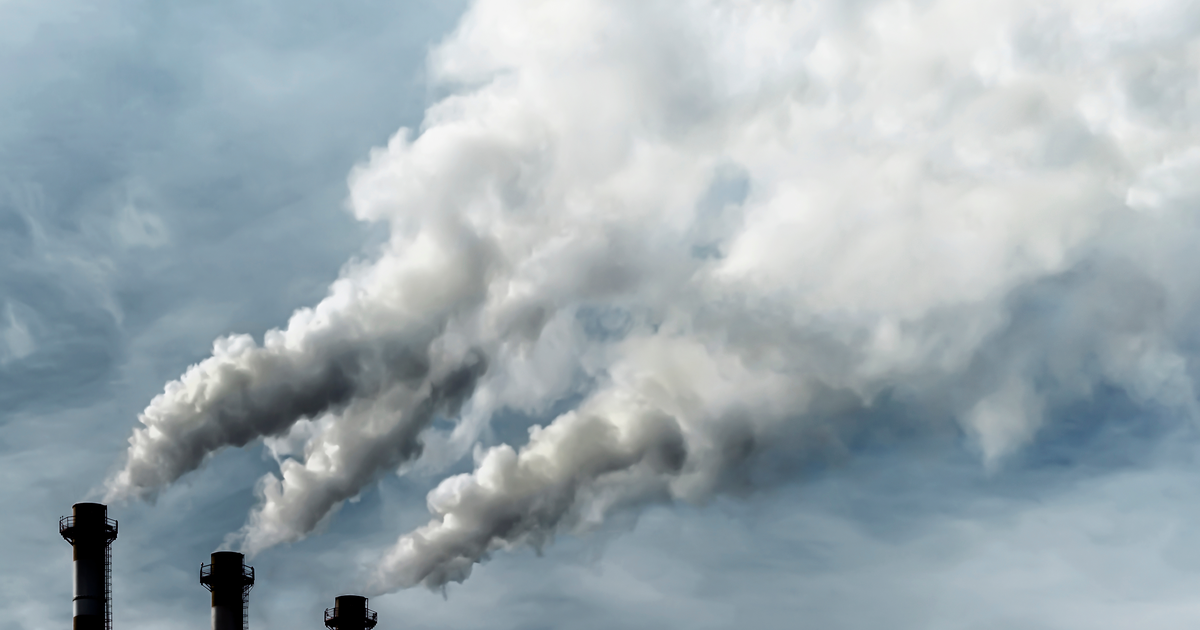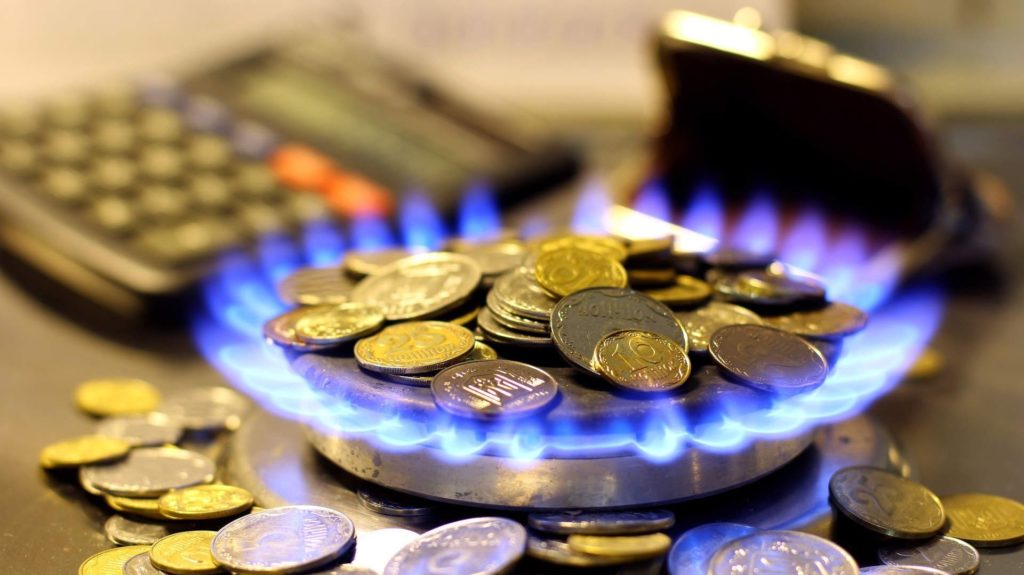Global energy crisis: what decisions is Ukraine making?
Should we worry about running out of heat, electricity, and hot water?

Europeans are on strike and crying, receiving new payments for gas and electricity. According to the analytical company ICIS, in the UK, electricity prices in September rose to 285 pounds ($395) per 1 megawatt-hour (MWh), breaking a 22-year record. In Germany, the wholesale cost of electricity supplied early next year will reach €90 per 1 MWh ($106), the Financial Times reported. Prices there are now almost twice as high as in January this year.
All this is because of the energy crisis in Europe. Why the winter of 2021/2022 may be the harshest one for the people of Western Europe and Ukraine, and what Ukraine should do in this situation. We analyze together.
What is the problem: why are electricity, gas, and oil prices rising in Europe?
Were it not for the unfortunate coincidence of the circumstances, the consequences would've been milder, but the energy crisis in Europe was affected by several factors: weather, awakening from coronavirus lethargy, reduced gas extraction and production, and the attempt to switch to green energy.
Last winter, gas reserves in Europe's storage facilities were significantly depleted due to the cold, and then came the hot summer. According to the European Union's Climate Change Service Copernicus, August 2021 was the hottest in 30 years. Due to abnormal temperatures, the demand for electricity from the constant operation of air conditioners has grown, and some reservoirs have dried up, due to which hydroelectric power plants have had to reduce production capacity. The turbines were followed by windmills: the summer in Europe was the most windless since the middle of the last century. This caused a shortage of electricity and a sharp jump in its prices.
It was decided to fill the electricity shortage in Europe with the help of gas-fired power plants, as nuclear power plants have been gradually abandoned there since the 1980s, and coal-fired power plants have been gradually abandoned due to the Paris Decarbonization Agreement. Hence, there's a high demand for natural gas, and this is just one of the reasons for rising gas prices. The gradual return of the economy to its former level also added heat to the fire. The volume of air traffic in Europe has risen to three quarters of normal, in June, this figure resumed only in half. The freight traffic has also increased, and the production capacity of plants and factories is returning to the previous level.
There is a shortage of gas produced in Europe. The reason for this isn't only a surge in demand, but also a reduction in its production in Norway and the Netherlands, the only countries where the amount of gas produced exceeds its consumption. In addition to the depletion of reserves in the North Sea, several Norwegian gas fields have embarked on scheduled repairs.
Therefore, those who don't have enough gas have to switch to a "dirtier" type of fuel — oil and petroleum products, which are still more affordable than gas and energy from renewable energy sources. It's logical that along with the demand, the price is growing, and as of October 18, they are already offering $85.75 per barrel of Brent oil; this is the highest price for the last 3 years. But experts say that's not the limit.
Oil prices could go up to $90 a barrel next month, according to Manish Raj, the chief financial officer of Velandera Energy Partners, and a MarketWatch expert told Swissinfo that even if the price of oil rose to $100 a barrel, its use would still be economical, more profitable in comparison with gas.
What are the governments in Europe deciding, and how long will the crisis last?
According to a report by the International Energy Agency (IEA), prices for natural gas and electricity in Europe will fluctuate depending on temperature, wind power, and many other factors. In this sense, the weather will affect markets both on the demand side and on the supply side. The possibility of gas transfer is also in question: the less it will be in storage, the lower the pressure in the pipes through which it will be transported. This, in turn, can lead to new controversy, as many international agreements prescribe the required level of pressure in the pipes for gas transportation.
Therefore, the IEA noted that countries have a legal right to take emergency measures, such as temporary exemption from certain taxes or fees, to alleviate the burden on consumers, especially the most vulnerable ones, during periods of short-term market turmoil. In fact, this is what European countries are doing: France has promised to pay a one-time fee of 100 euros to 5.8 million low-income families. Spain (to the displeasure of the European Commission) has promised to withdraw 2.6 billion euros in surplus profits from energy companies in the next six months and distribute them as subsidies to the population. Italy has embarked on a reform of utility bills, and so far the court and the case have written off up to 3 million euros in temporary subsidies. Greece has promised compensation of 9 euros a month to all, and even more to the poor, as well as preferential rates to customers of the state-owned company. Portugal has decided not to raise the control on regulated electricity prices in 2022, despite rising prices for raw materials for its production. Germany and the United Kingdom, in contrast to their neighbors, haven't yet introduced such measures.
Energy crisis in Ukraine?
And although it's almost unrelated to Europe, Ukraine again lacks electricity. The fact is that Ukraine's electricity system was built during the Soviet era and hasn't been modernized since. At that time, our electricity grid was closely connected with the Belarusian one, and it was assumed that Ukraine would draw electricity from the neighboring republic because the one generated on our territory is not enough.
Every year we get out of the situation in the same way: when buying electricity in Belarus, we decided to do the same this time, so from November 1, Ukraine plans to start importing electricity from the Republic of Belarus. These supplies are designed to help Ukraine emerge from the energy crisis in which the country will find itself in late October-early November when domestic electricity demand is expected to grow. The country is unable to satisfy it at the expense of domestic energy producers due to a failed coal storage program. According to the Ministry of Energy, in the event of a political refusal to sell electricity to Belarus, Ukraine will most likely be forced to start artificially restricting domestic consumption. Industrial consumers will be the first to fall under the category of restrictions: they will be offered a voluntary reduction in consumption by 10-20%. Forced reductions in electricity consumption are consistently mentioned every six months; last time we were threatened with fan outages in February due to a shortage of coal, which was supposed to be used in coal-fired power plants, but it all worked out.
The gas situation is much worse. And although the head of Ukrainian Naftogaz Yurii Vitrenko assures us that Ukrainian underground gas storage facilities now have almost 19 billion cubic meters of gas, which is 17 billion cubic meters previously set by the Ukrainian government before the heating season, some state-owned enterprises have run out of gas.
For example, in the city of Shepetivka, Khmelnytskyi region, from October 18, all schools and kindergartens are moving to distance learning, but not because of the coronavirus, but because they have nothing to heat rooms where the temperature has dropped to 14 degrees. All this is because gas prices soared in the summer, and budget institutions simply couldn't afford it. This situation has developed not only in Shepetivka; in the entire Khmelnytskyi region, due to lack of gas, they declared a state of emergency of man-made nature.
The same situation is in the Lviv region. 825 budget institutions in the Lviv region consume gas for their own needs. They have more than 4,000 gas metering points, of which only 986 are currently included. A similar situation has developed in other regions. In Zakarpattia, the regional commission of thermal power plants and emergencies declared an emergency with the supply of natural gas to the budget institutions of the region, due to the refusal of suppliers to supply energy at inflated prices. A state of emergency has been declared in Ivano-Frankivsk due to the lack of gas for budget institutions.
What solutions does the government have?
The Office of the President reassures: unscheduled meetings of the State Commission for Technogenic and Environmental Safety and Emergencies gather only to "overcome technical problems and sign gas supply contracts as soon as possible," there is enough gas in storage and Naftogaz will sign contracts with schools and kindergartens for 16.8 hryvnias. This was stated on Facebook by Deputy Chairperson of the OPU Kyrylo Tymoshenko.
But not everyone is optimistic. People's Deputy Oleh Meidych insists that the situation in Ukraine is catastrophic and that a full-scale energy crisis is unfolding in Ukraine. As a solution to the problem, the deputy proposes to impose a state of emergency across the country and stop the export of natural gas from Ukraine. Judging by the data of the Gas Transmission System Operator of Ukraine, gas exports from Ukraine in March were 22 times higher than its imports. Mostly, gas was exported to Hungary: 70.6 million cubic meters; 54 million cubic meters to Slovakia; another 10.2 million cubic meters was exported to Poland. But this alone will not solve the problem. According to Meidych, it is also necessary to eliminate intermediaries between production and regional gas companies and adopt the Batkivshchyna draft law 4680 on directing cheap gas from own production to the needs of the population, which has been in the Rada since January this year.
What will happen as a result?
Even though there's no gas for budget institutions at affordable prices yet, the price for the population will not change. The fact is that gas tariffs for the population from May 1 are subject to fixed annual tariffs, so until May 2022 the price of gas for Ukrainians can not grow.
Most suppliers have set prices in the range of 7.8 to 11 hryvnia per cubic meter, which is much less than the current market of 18 hryvnias. Therefore, we can say that now Ukrainians are lucky to be under the "umbrella" of the annual tariff. But in the case of heating and hot water, the opposite is true.
In May, the government stopped regulating gas prices for district heating (DH), which supplies heating and hot water to the population. Now the local authorities are responsible for the tariffs because most DH is communal. It used to work like this: the government sets the price (below the market price) at which the state-owned Naftogaz sells Teplokomunenergo gas. Now DH can choose the gas supplier at its discretion, and not just buy natural gas from Naftogaz. So far, we only know that Naftogaz will sell DH gas at a fixed price of 7.42 hryvnias.


